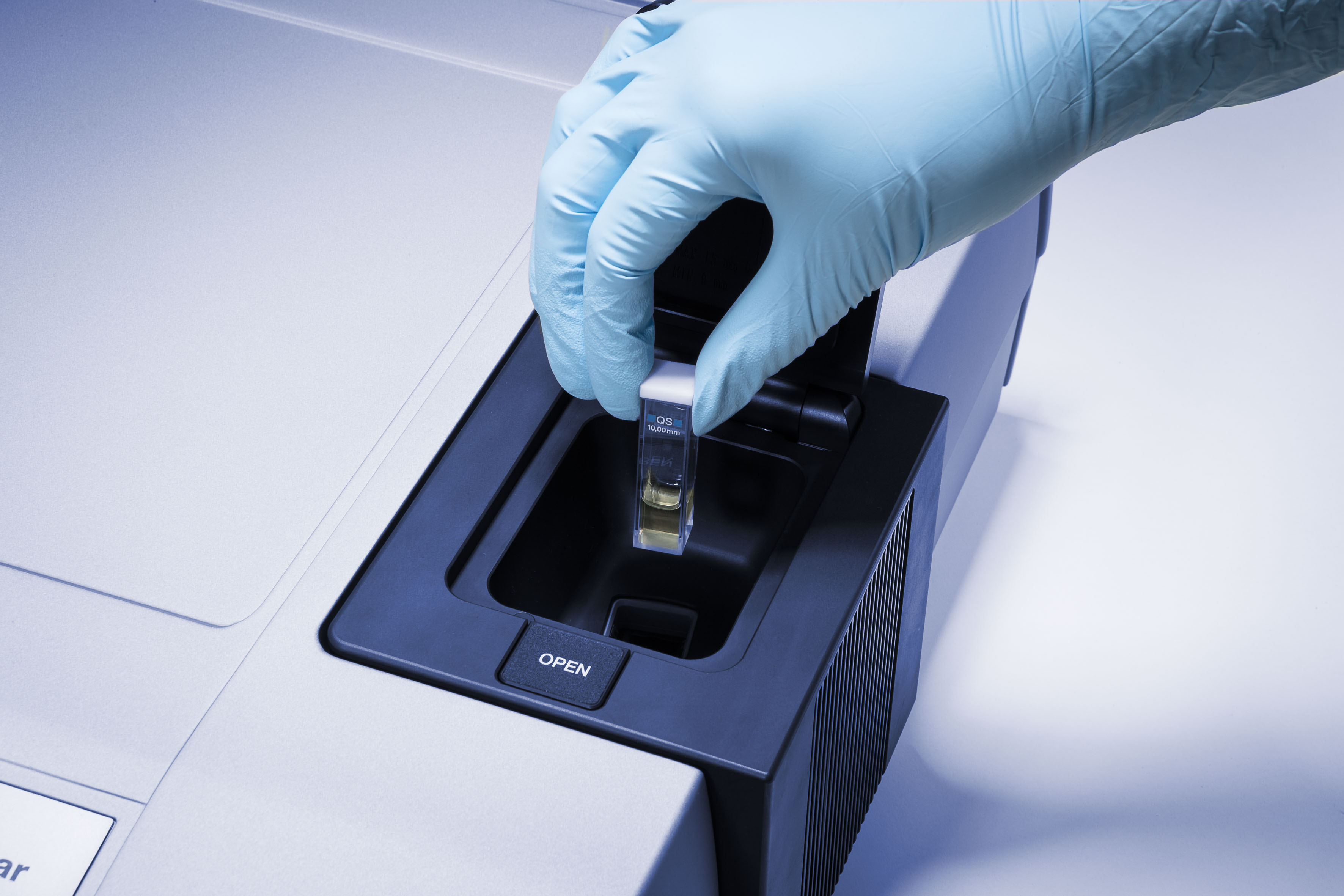
Therapeutic proteins, such as antibodies, hormones and enzymes are a major focus of the pharmaceutical industry.
Formulation of stable protein drugs is challenging, as most proteins are sensitive to sunlight, high and low temperatures, pH, and so on. Exposure to these conditions can lead to irreversible denaturation or to aggregation. Protein aggregates lead to a loss of biological activity of the drug and can cause severe adverse reactions in the patients.
Protein aggregation can be monitored rather simply by using light scattering techniques. Particle size and particle mass can be measured quickly and conveniently by using dynamic and static light scattering, respectively. Furthermore, the transmittance can also provide a very rapid indication of the extent of aggregation.
An excellent case study for examining the aggregation behaviour of pharmaceutical proteins is human insulin, a peptide hormone that is used to treat diabetes mellitus.
Under certain conditions of pH and temperature, insulin is known to denature and gradually form filaments. These eventually assemble into large fibrils, a process known as amyloid fibrillation, an irreversible process which leads to a complete loss of biological activity.
Amyloid fibrillation has been directly implicated in several degenerative pathologies such as Alzheimer and Parkinson diseases. Because of insulin’s ease of access, insulin fibrillation has been the subject of intense biochemical studies and has emerged as a major model for the formation of amyloid aggregates. Thus, methods allowing a quick and reliable analysis of the oligomerization as well as the fibrillation of insulin are meaningful not only for the quality control of pharmaceutical insulin batches but also to gain a deeper understanding of the amyloid fibrillation process.
Download the report from Anton Paar to learn how light scattering can be used to monitor insulin’s state in solution.










UK Enters ‘Golden Age of Nuclear’
While I welcome the announcement of this project, I note that the original budget cost for Hinkley Point C was £18 billion and this has constantly...